- Aperture compensates the shutter speed as it only lets half the light in
- shutter speed is the amount of time taken for the shutter to open
- it is measured in fractions of a second
- the bigger the denominator of the fraction = the faster the speed
- its common to use 1/60th or faster as if any less there is the risk of camera shake - is when you shake the camera accidentally and results in blurred images.
- If your in a dark area = long shutter speed
- if your in a light area = shorter shutter speed
- The longer the shutter speed makes it easier to see the movement of light as shown below.
- For a shorter shutter speed you would usually use a tripod so it doesn't cause camera shake.
- Long shutter speed captures movement of fast objects such as cars and landscapes ( EG waterfalls)
- As you change the shutter speed you will need to change the aperture too compensate
- If in manual change other elements with it = need to change aperture
- The shutter is a device that allows light to pass for a determined period of time to the photographic
film or a light sensitive electronic sensor to light to capture a permanent image of a scene
My photo
Internet Photo
What is aperture?
- Aperture controls light
- It is the size of the opening in the lens when the picture is taken
- F no. means the amount of material covering the lens
- The lower the F no. the larger the aperture as shown below
- The depth of field is the distance between the nearest and the furthest objects that give an image
judged to be in focus in a camera.
- Large depth of field = large narrow photos that are slightly more faded - use with more light
- Small depth of field = wide lens crisp - use with less light
Internet Photos
What is exposure?
- Under exposure = not enough light
- Over exposure = too much light
- To reduce risk you have to set the aperture and shutter speed to suit the light in the place your
taking the photo
- Exposure is the amount of light collected by the sensor in a camera during a single photo
- This video shows below how shutter speed and aperture all link with exposure
what is ISO and ASA?
- ISO is set on 100 on a digital camera which can be altered on the settings
- ISO is set on 100 or 400 film
- ISO is used in dark conditions
- 100 = used in poorer light conditions or studio or outdoors
- 400 = in well lit areas or outdoors on a bright day
- ISO stands for International Organisation for Standardization.
- ASA stands for American Standards Association
- ASA was taken over by ISO but lives on as a linear speed value of the ISO system
- Both used as black and whites/ negative cameras
My photos
SCANS
Internet Photos

Depth Of Field?
- Depth of field is the amount of distance between the nearest and farthest objects that appear in sharp focus in the photograph.
- The circle of confusion is used to explain how much a point needs to be blurred in order to be perceived as unsharp. once it has become adjusted to out eyes this region will be outside the DOF and no longer sharp enough
- large DOF = deeper focus
- Small DOF = shallow focus
- Control the depth of field by the aperture size, focal length ad focus point
- Small aperture = EG f/22 = greater depth of field in comparison to a wide aperture = EG f/2.8
- A wide angle lens = EG 28mm = greater depth of field than a telephoto lens = EG 100mm
- Small aperture + wide lens = increase depth of field
- Wide aperture + long lens = restricts sharpness + makes blurry
Examples off the internet ...


Photos i have taken
Leading lines?
- Leading lines are used to draw your eye to a focal point, and create a particular route for your eyes to move around the photo.
- Commonly seen in landscape photos
- If these lines fit in the photo successfully it will most likely have a strong rule of thirds
- Leading lines will create a successful photo if the depth of field is large
Photos off the internet

Photos i have taken


Camera angles?
1) Eye level - Most common view, shows all objects as if you would see them in real life, fairly neutral shot


2) High angle - shows from above, camera points down towards subject, makes object seem less powerful/ significant, different extremes of high angle


My photo Internet photo
3) Low angle - camera directed up at the subject from low down, looks up to subject, shows power and dominance
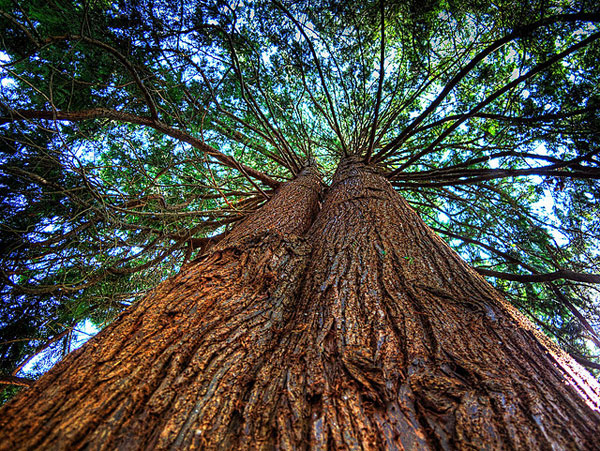

My photo Internet photo
4) Birds eye - photo of the subject from directly above, adds dramatic spatial perspective, used in sports and nature a lot


My photo Internet photo
5) Slanted - horizon is on an angle, done intentionally, adds a different and in someways weird but wonderful effect depending on the subject matter


My photo Internet Photo
Rule Of Thirds?
- Rule of thirds is where you imagine a image breaking into into thirds horizontally and vertically
- The theory is that if you place points of interest on the intersections or along the invisible lines of the grid, the photo will become balanced and enable more interaction
- If something is in the hot spot ( center square of the grid ) it will not class as the rule of thirds
- The subject must be outside of the center square and at the sides
- if it is in the hot spot it should be bigger than it or only a small part of the picture in the spot
Internet photos

My photos





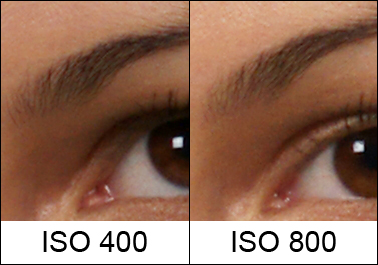
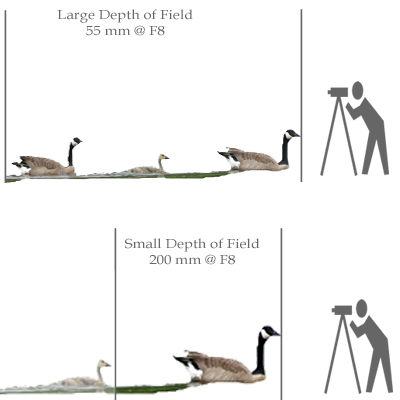




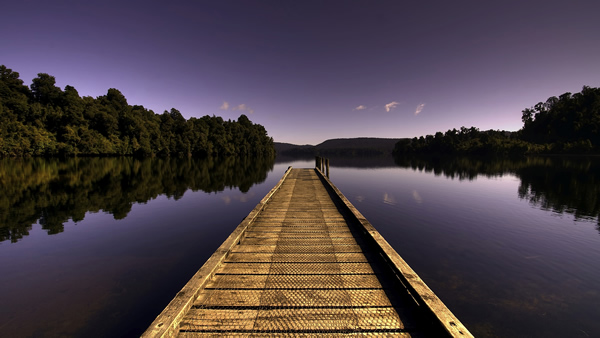
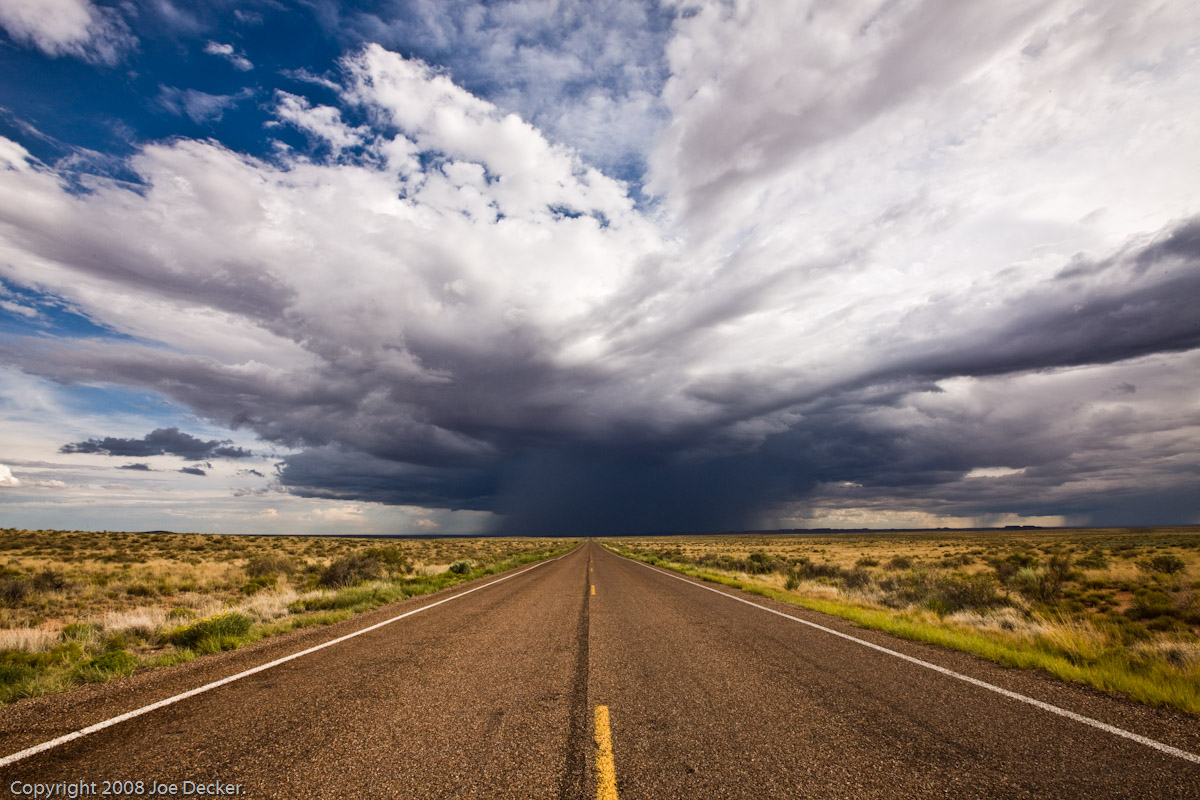




No comments:
Post a Comment